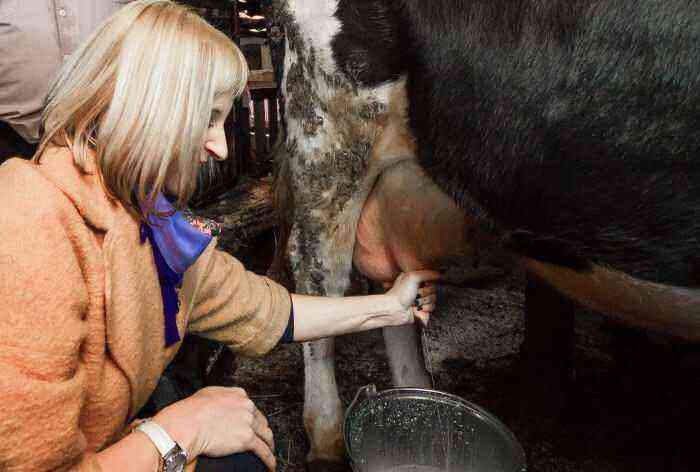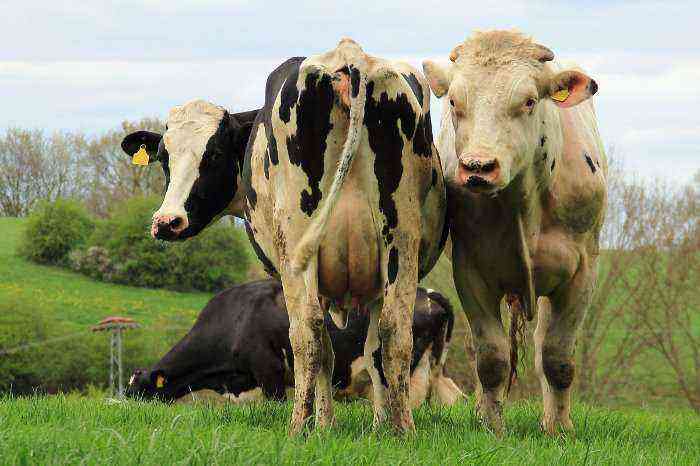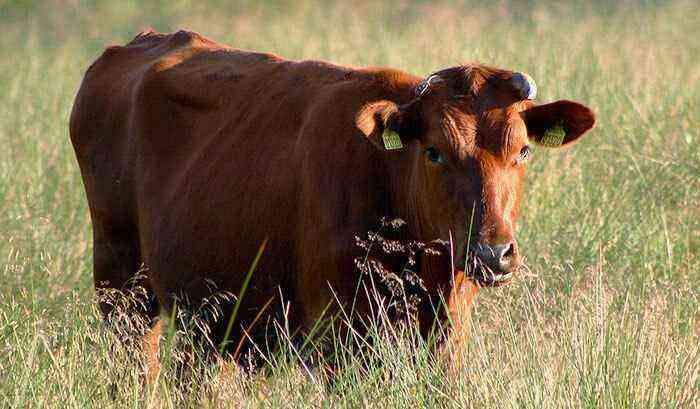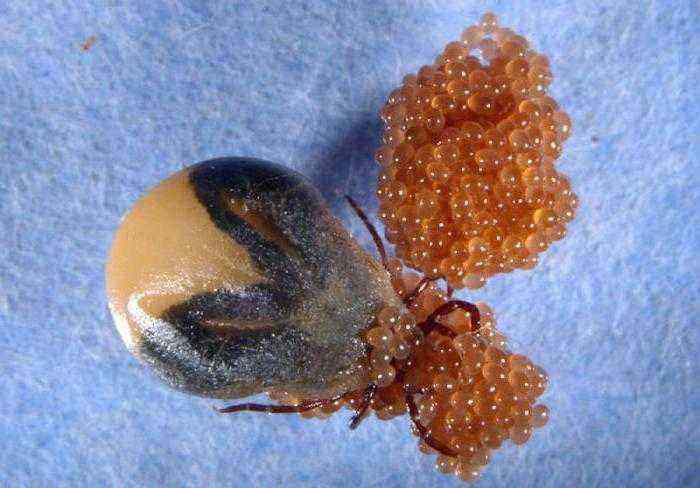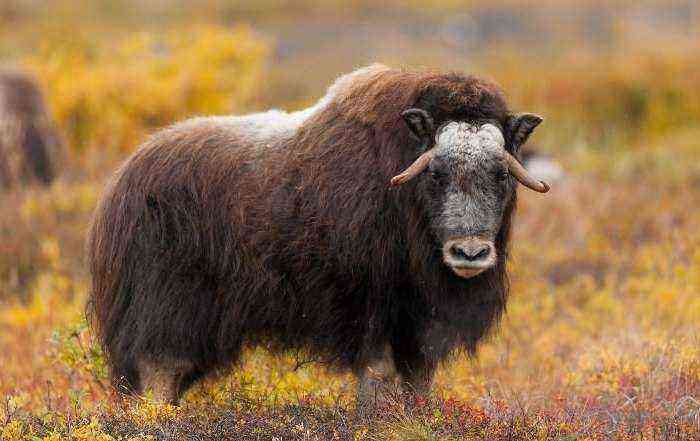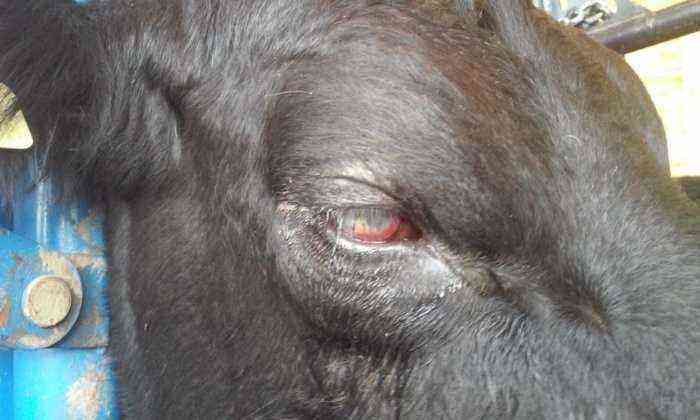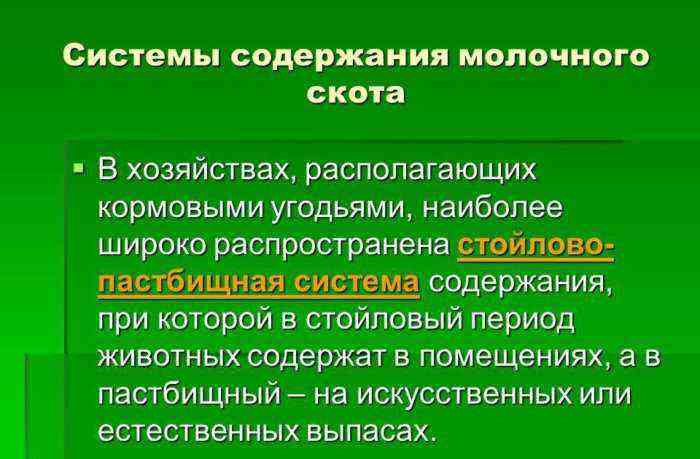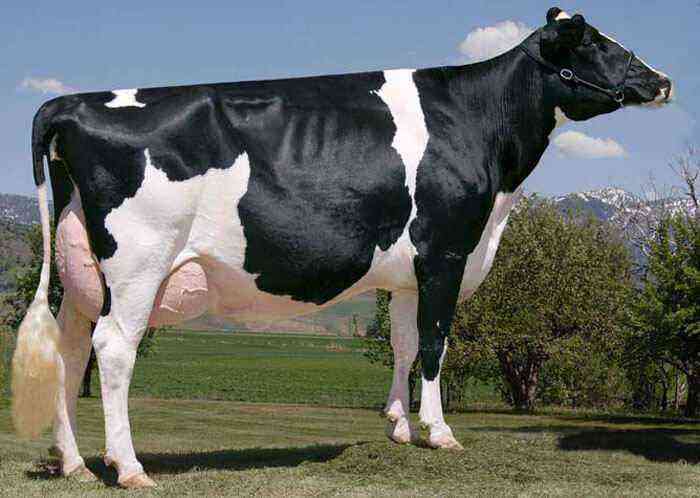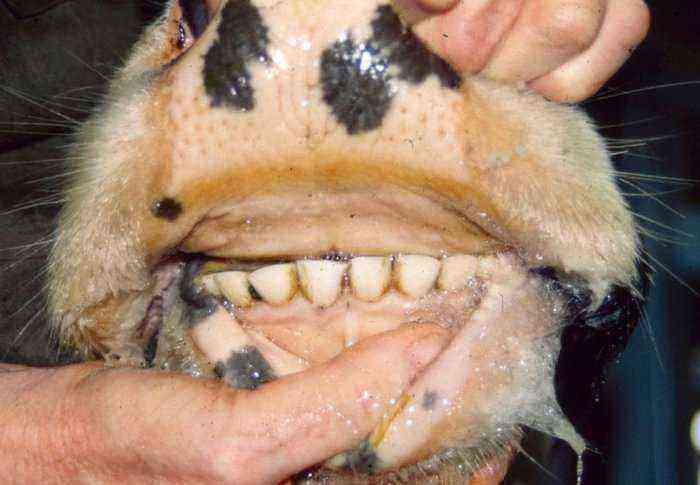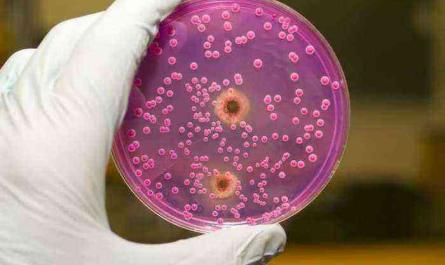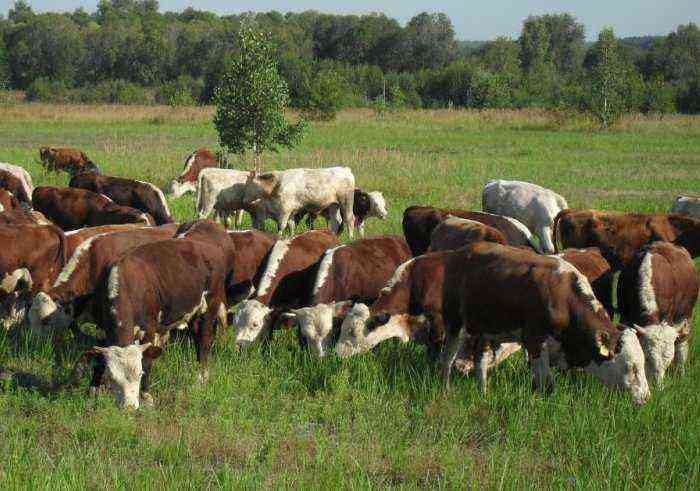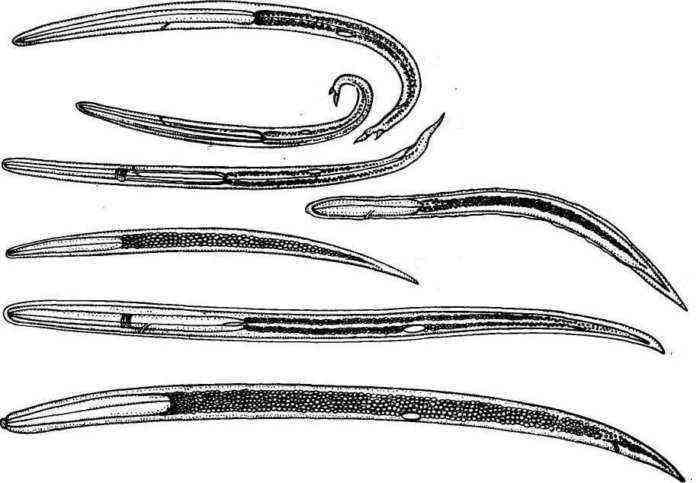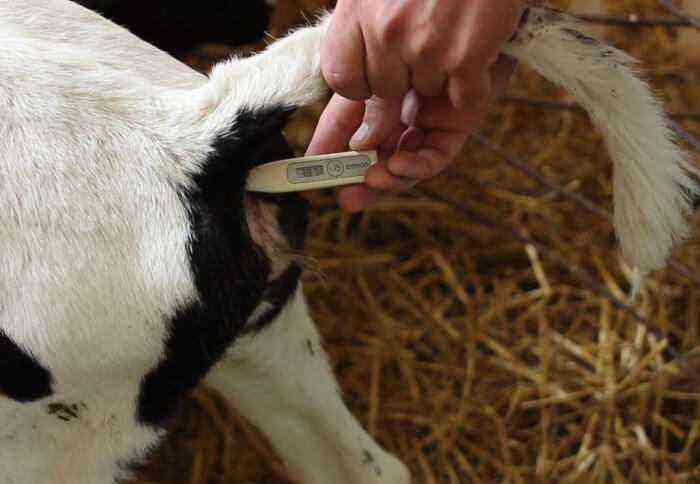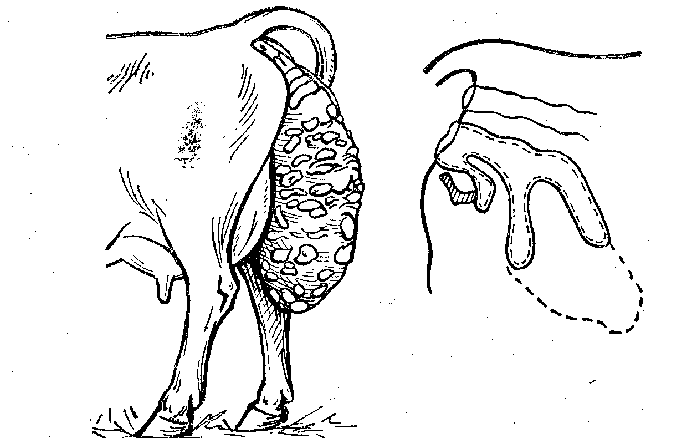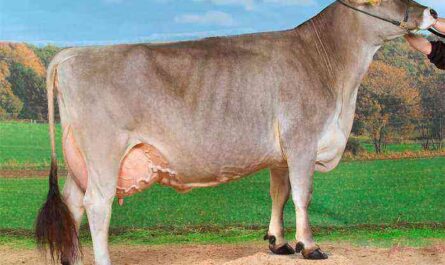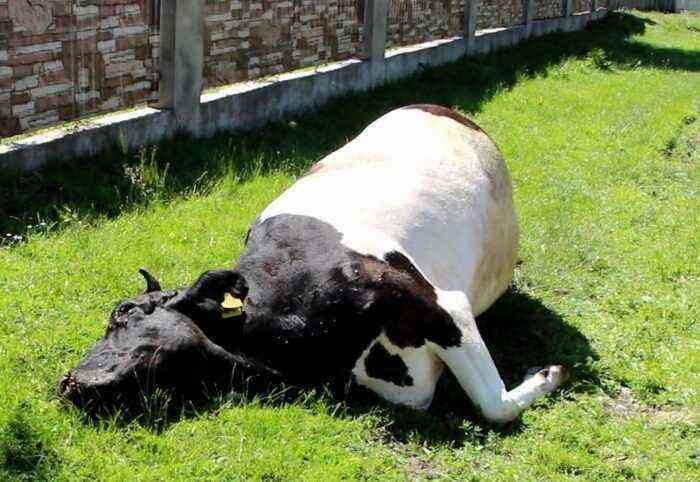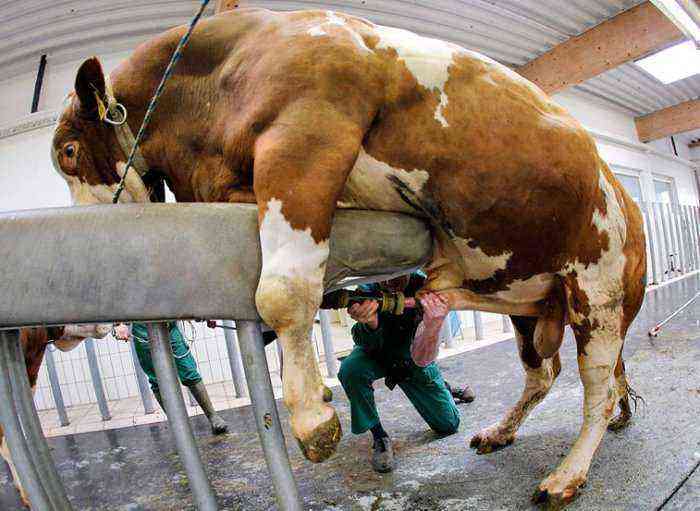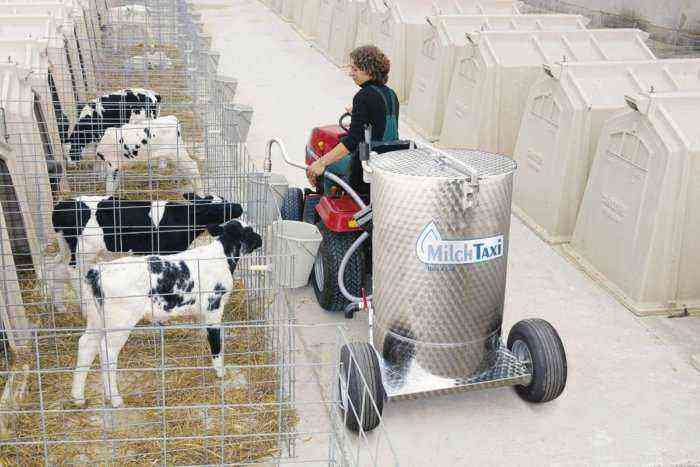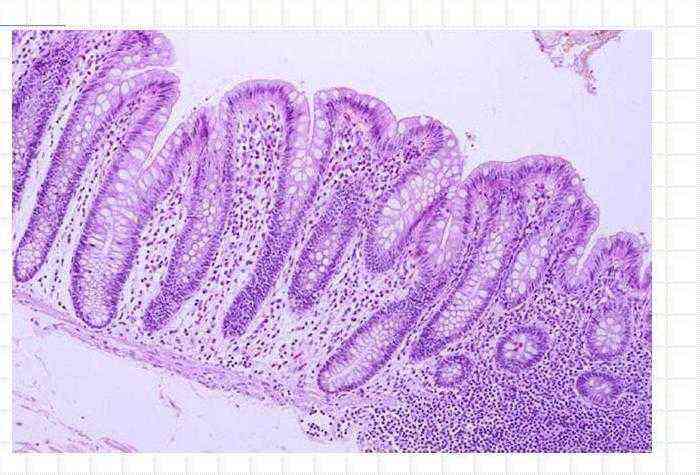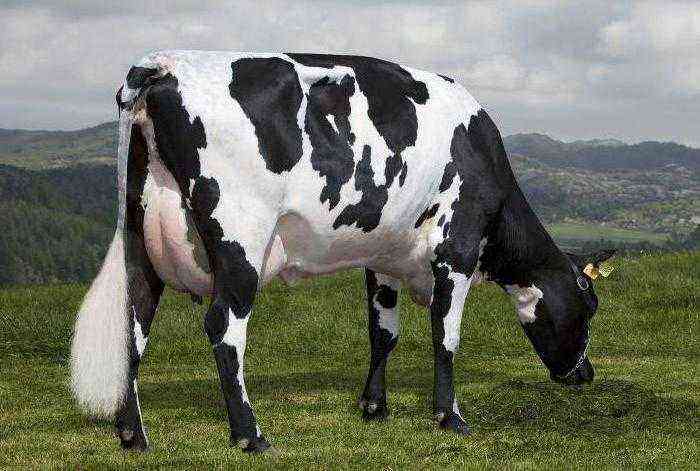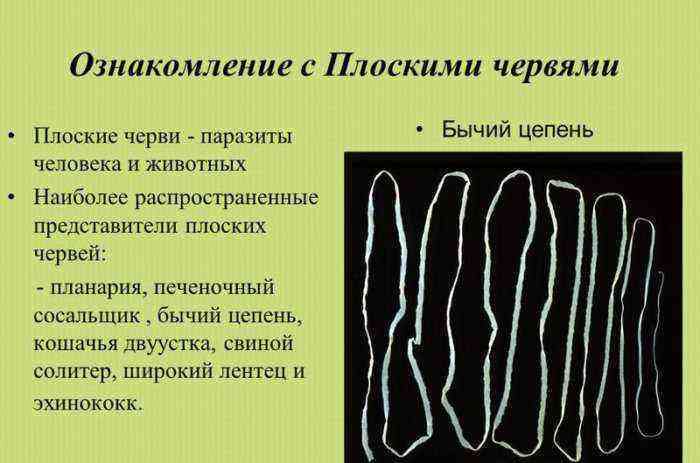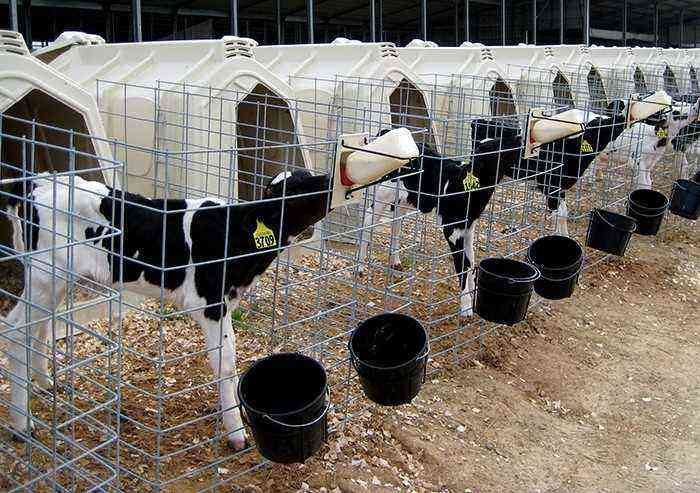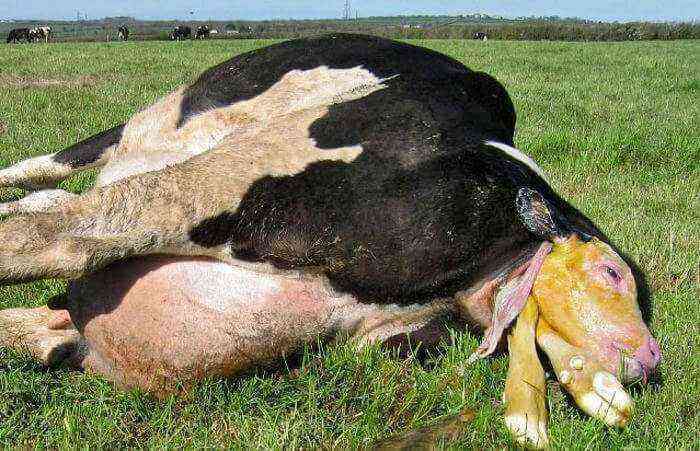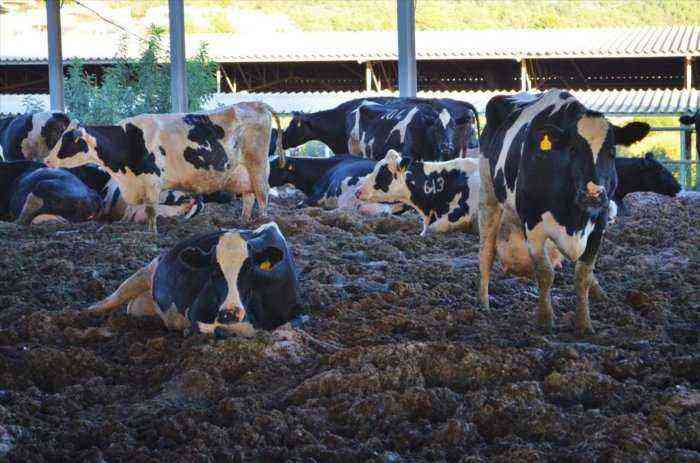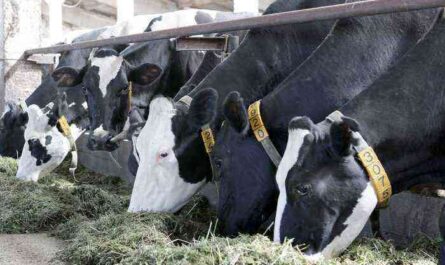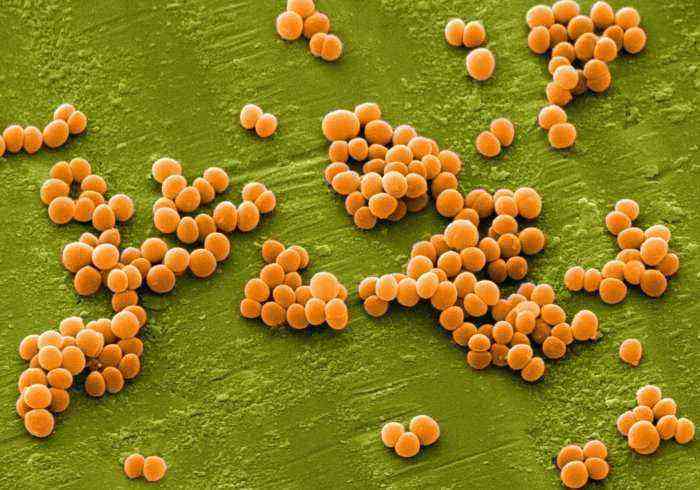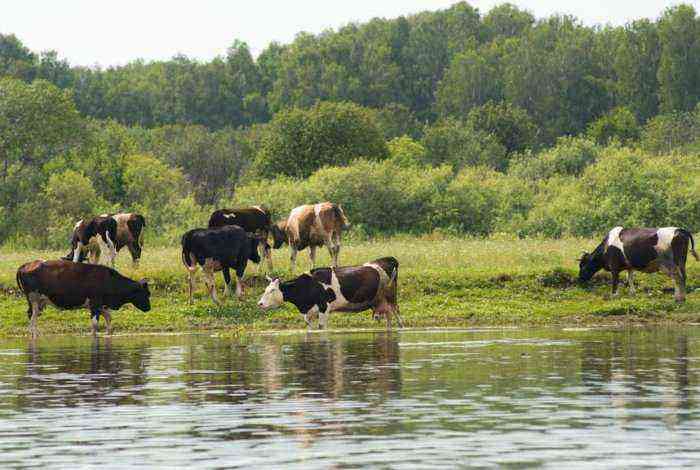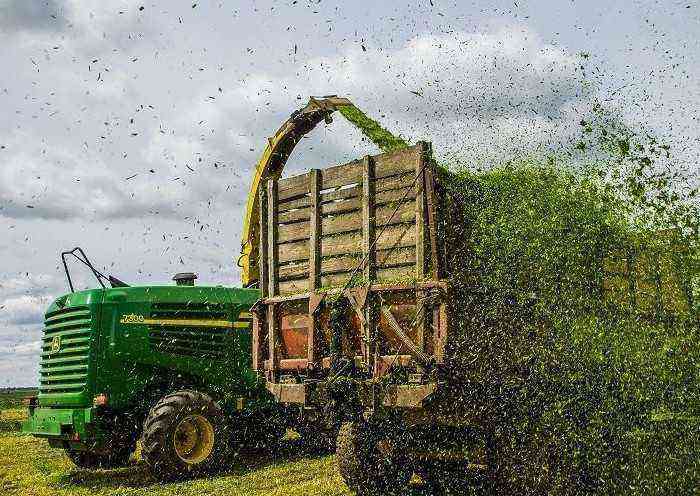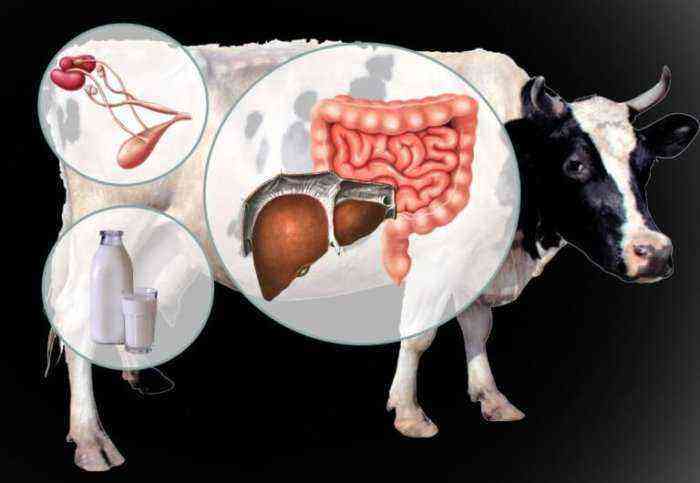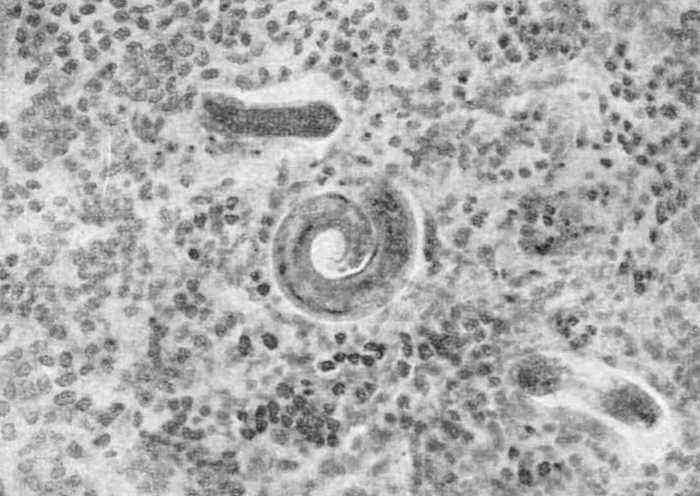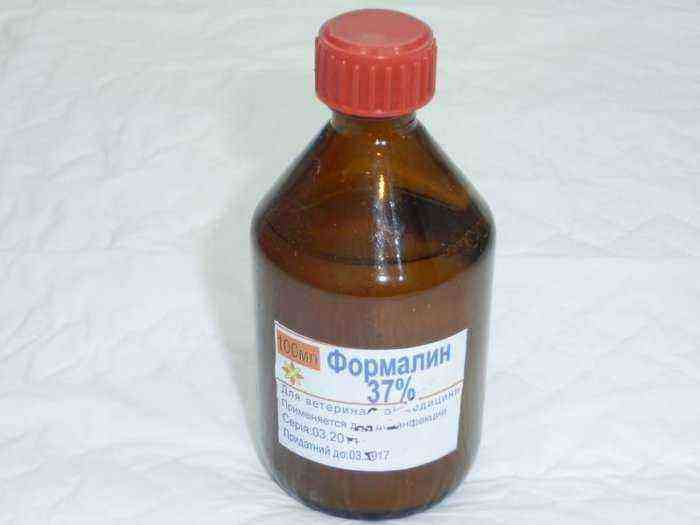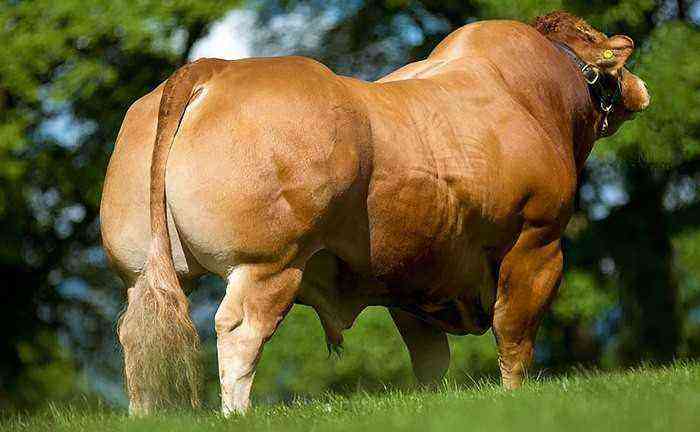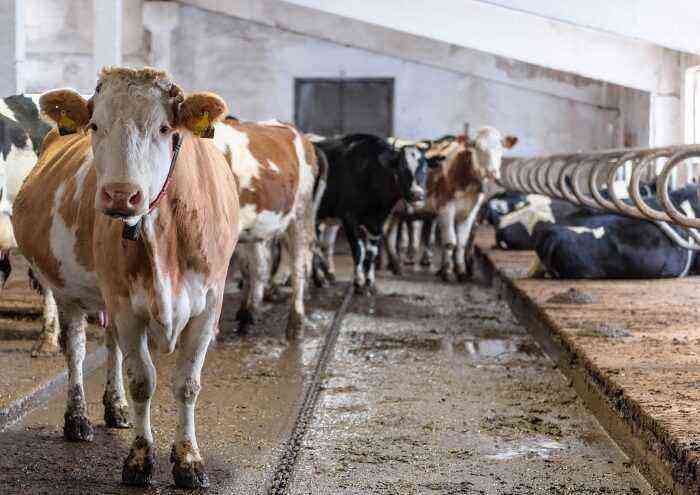For a long time, agriculture focused mainly on crop production, however, the sanctions gave a second life to the development of meat and dairy products. Because of this, farmers began to take a closer look at different types of cattle. One of the universal, bringing both meat and milk, was the Montbéliarde breed of cows.
Montbéliarde breed of cows
Characterization
The breed of cows “Montbeliarde” was bred in France and enjoys well-deserved popularity due to its versatility. These horned ones are famous for their solid meat productivity and high fat content of milk of excellent quality, excellent for cheese production.
Origin
Montbéliardes are descended from one of the oldest species distributed in Europe since the Jurassic period. They are distant relatives of the variety of steppe red-and-white cows, popular in our latitudes due to high milk yields and unpretentiousness in feed and weather conditions.
Breeders sought to create a hardy and unpretentious breed with good productivity. As a result of crossing species from all over the Old World, the Montbéliarde breed appeared, possessing all the necessary qualities. In the second half of the 19th century, they received their recognition and were listed in the stud book at the World Agricultural Exhibition.
Currently, this species is distributed mainly in France among cheese makers, mainly due to the high fat content of milk, but fast growth rates are also taken into account when choosing. Today, this breed has found its demand all over the world: in Europe, America, the East and even on the African continent.
Appearance
Montbeliarde cows are distinguished by their original coloration and proportional sizes, which made them the stars of commercials. The legs and underside of the torso are milky white, while the upper body is a bright red-brown. The height of an adult at the withers ranges from 140 to 152 cm.
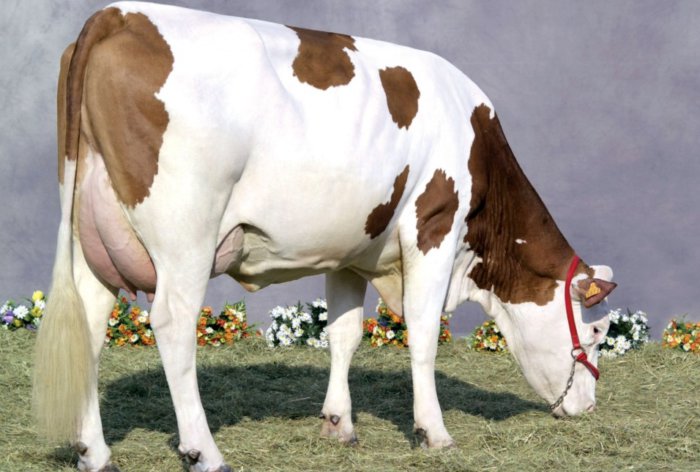
Montbéliarde cows
A large white head, slightly expanded at the eye sockets and spots on the cheeks, a large symmetrical muzzle is the face of European dairy products. It has a fairly powerful neck, turning into a deep chest, the bulls have a developed wide chest. Tight shoulder blades, straight back and massive legs. All outlines are very smooth, combined with light mucous membranes, they create a good-natured look, so loved by children and marketers. At the same time, bulls reach a weight of up to 1200 kg, while the mass of a mature cow ranges from 600 to 800 kg.
Milk productivity
The animal is distinguished by high milk productivity, on average, one cow is able to produce 7700-8500 liters of milk annually. It is distinguished by stable indicators in terms of composition, a high content of milk protein of 3,45% and a fat content of 3,9-4%. This stability makes the milk drink a favorite raw material for cheese makers, whose demands are the highest among all dairy industries.
meat characteristics
Montbeliardes rarely get sick and are able to digest even roughage, this has a positive effect on the quality of meat. Such calves have the following meat characteristics:
- pure meat yield reaches 68% of the weight of the live carcass;
- low fat content in meat, high content of animal protein;
- pleasant correct coloring of meat, with a minimum amount of sinewy veins;
- fleshy back of the carcass (premium meat).
Reference. This breed gains weight very quickly, depending on the diet, weight gain can be up to 45 kg per month.
Content
Montbeliardes are not whimsical in keeping and perfectly adapt to climate changes, they feel equally good both in their native France and in harsh Africa, they get along well with Russian cows.
In the warm season, cows of this species must be taken out to pasture daily, of course, if the weather permits. Although the breed is insensitive to the weather, it is useful to keep these animals in a well-heated and sometimes ventilated stall for the winter.
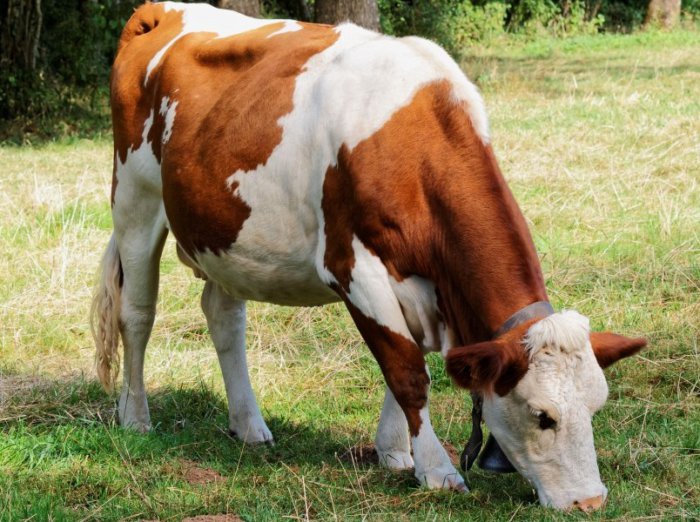
Cow in the pasture
In fact, it has already been proven that over time this variety can adapt to any weather. She can feel comfortable both at +40 and at sub-zero temperatures at the same time.
Feeding
Animals are unpretentious in food and assimilate roughage, but for rapid development and good milk yield, it is better to make a rich diet containing all the necessary trace elements. Like any cattle, they need minerals and trace elements, malnutrition will adversely affect the quality of milk and can lead to horned disease. Young, growing or malnourished cattle need an increased diet with higher levels of protein, calcium and phosphorus. Dairy cows need to be milked more often and, accordingly, the number of feedings should be increased up to 3 times a day at regular intervals.
Newborn calves can be given boiled water after a week, and in the third week of life, you can switch to raw clean water. By 6 months, calves already eat the same as their adult relatives. The calf’s diet should contain:
- fresh succulent feed;
- various root crops;
- hay;
- silage;
- concentrated feed.
Good feeding of calves can affect their future growth and health, young animals, like children, require special attention to the quality of feed and the number of feedings.
Conclusion
The Montbéliarde breed is not devoid of its own characteristics and nuances in content, but it has a dairy and meat versatility, ideal for a small farm. This causes its prevalence on all continents. If you decide to start cattle, then keep in mind, no matter how unpretentious the variety is, it needs care and provision with everything necessary for good milk yield and growth.
